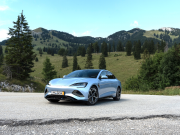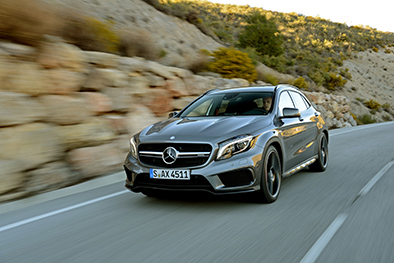
New automobiles registered as of September 1, 2018 must be certified according to the Worldwide Harmonised Light Vehicle Test Procedure (WLTP). The new test procedure provides customers with more realistic fuel consumption data. Opel has been preparing its portfolio for the introduction of the new standards for several years and the entire passenger car range – without any restrictions – meets these new requirements. Opel is thus “WLTP-ready” with all its passenger cars and customers can order the whole range, at Opel dealers without having to fear lengthy delays in delivery.
“We have been working for several years already to prepare our model portfolio for the WLTP milestone always under the guiding principle that we do not want any disruption for our customers. The result is that the introduction of WLTP on September 1 is almost a non-event for these two vital stakeholders: the same cars are ready to order and ready for delivery, and this is 100 percent of our portfolio. This state-of-the-art offer puts Opel at the forefront of the automotive industry,” said Opel Managing Director Sales, Aftersales and Marketing, Xavier Duchemin.
Opel already began publishing WLTP fuel consumption figures in June 2016 with the current-generation Astra. Such data was also measured and published for the introduction of the current Opel Mokka X and Opel Zafira models. Opel even went a step further with the second generation of the Insignia flagship, type-approving the Insignia 2.0 BiTurbo Diesel according to the WLTP test procedure in the middle of 2017 – one year before the new rules take effect. For WLTP, all Opel passenger cars have been fitted with state-of-the-art technologies such as Selective Catalytic Reduction (SCR) systems for diesel cars and Gasoline Particulate Filters (GPF) for direct injection petrol units.
WLTP driving cycle: More realistic fuel consumption data
Like the New European Driving Cycle (NEDC), the WLTP is a laboratory test, but while the NEDC determines values based on a theoretical driving profile, the WLTP uses “real” driving profiles drawn from a global statistical survey. The WLTP driving cycle is divided into four parts with different average speeds: low, medium, high and extra high. Each part contains a variety of driving phases, stops, acceleration and braking. Each engine/transmission combination of a certain vehicle type is tested with the most economical as well as the most fuel-intensive vehicle equipment. While NEDC values are only valid for Europe, the data obtained with the WLTP cycle is comparable worldwide.

































